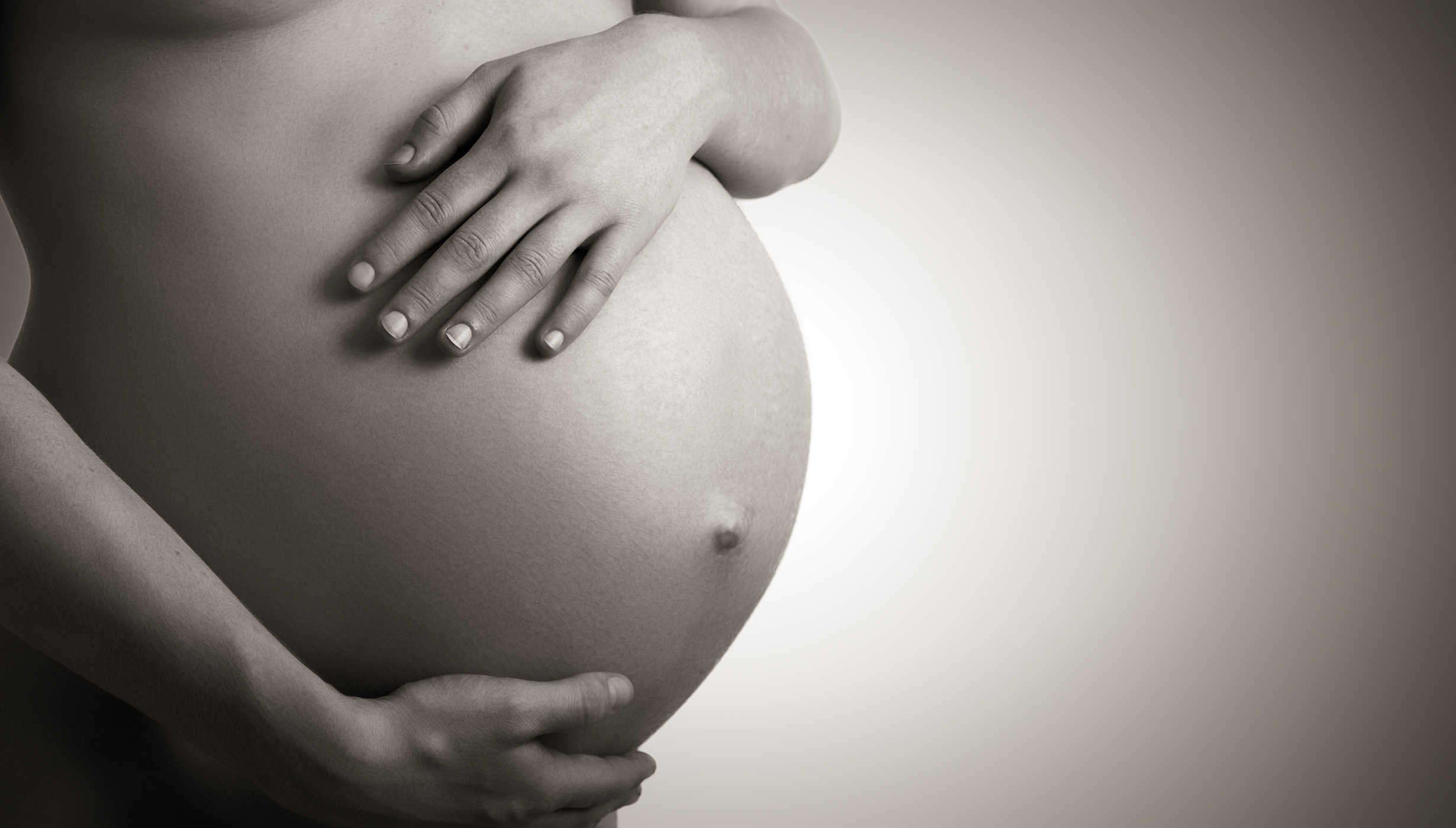Contents:
Medical Video: How Dangerous Are Abortions For Women?
Abortion may be the last choice for some people, but many women out there see it as the only way out of an unwanted pregnancy.
Whatever the reason, abortion is not an easy decision to make. However, until now abortion is still a sensitive topic of conversation and is considered taboo, so good abortion services are difficult to obtain. As a result, many women choose to abort illegally, in ways that endanger themselves.
Having an abortion by yourself can cause death
Based on data from WHO in 2008, 21.6 million women worldwide conducted illegal abortions each year, and 18.5 million of them occurred in developing countries including Indonesia.
Reporting from NCBIillegal illegal abortion is defined as a procedure to terminate an unwanted pregnancy, carried out by an individual or agency that does not have the necessary skills, or in a place that does not meet minimum medical standards, or both. Illegal abortion methods generally include consuming toxic toxic fluids, such as turpentine, bleach, or "herbal medicine" from a mixture of animal organs. Another method involves direct injury to the vagina - inserting a foreign object, such as a tree branch, herbal medicines, or chicken bones into the vagina or anal canal. Illegal technicians can also carry out dilatation and curettage using makeshift and non-sterile methods
The main causes of death from unsafe abortion are bleeding, infection, sepsis, genital trauma, and intestinal necrotic. Data about nonfatal long-term health complications is inadequate, but that has been documented includes long wound recovery processes, infertility, consequences of organ injury (BAK incontinence or BAB due to vesicovaginal or rectovaginal fistula), and intestinal resection. Not including psychological problems and productivity.
In fact, abortion is included in medical actions regulated by law. Abortion is a criminal act that can be snared by criminal law. The law of abortion can vary between countries, and is made according to the laws and constitutions of each country.
What is the legal status of abortion in various countries in Asia?
Abortion in Indonesia
The incidence of abortion in Indonesia is based on data from the Indonesian Demographic and Health Survey (IDHS) from CNN Indonesia, reaching 228 per 100,000 live birth rates, and the maternal mortality rate from illegal abortion reaches 30%.
The law of abortion in Indonesia is regulated in Law Number 36 of 2009 concerning Health and Government Regulation Number 61 of 2014 concerning Reproductive Health.
Abortion in Indonesia is not permitted, with the exception of medical emergencies that threaten the life of the mother and / or fetus, as well as for rape victims.
The act of abortion on the basis of a medical emergency can only be done after obtaining approval from pregnant women and their partners (except for rape victims) and certified health care providers, as well as through pre-action counseling and / or consultation carried out by competent and authorized counselors.
Abortion in Malaysia
The law of abortion in Malaysia is regulated in Penal Code Section 312 of 1989. Similar to Indonesia, abortion in Malaysia is legal, if:
- Pregnancy threatens the life of the mother
- Performed on the basis of maintaining physical health
- Done on the basis of maintaining mental health
However, abortion is still not permitted for rape victims, financial reasons, social reasons, or the risk of fetal birth defects.
Furthermore, before a woman can have an abortion, she must first approve the procedure and get a pre-medical agreement from a doctor or responsible health service.
The legal period for having an abortion in Malaysia is 120 days from the time of pregnancy.
According to the study headed by Wen Ting Tong in 2012 and published in the journal BMC Public Healththe pregnancy rate of Malaysians has decreased from 3.0 to 2.3 from 2000-2008, although the prevalence of contraceptive users has remained stable for the past 20 years. This number indicates that abortion often occurs throughout Malaysia, but there is no definitive data regarding the number of abortions in this country.
Abortion in Singapore
The law of abortion in Singapore is legal and regulated in the statute of the Termination of Pregnancy Act, aka TOP Act.
This statute regulates who and how abortion can be done, as follows:
- Singaporean citizens or partners of Singapore citizens, or Singapore permanent residents or hold permanent work permits, or wives of permanent work permit holders. Illegal abortion is carried out for Singaporean migrants with tourist or social permits.
- A woman who has lived in Singapore for at least 4 months, although abortion can still be done if the stay is less than specified when considering the safety of the life of the mother.
- There is no age limit for carrying out abortion.
- Underage women (aged less than 16 but over 14 years) are not required to obtain legal approval from parents before carrying out abortion. But only women aged 21 years and over can request abortion at their own discretion.
- Abortion is prohibited after more than 24 weeks of gestation (6 months), unless the pregnancy threatens the life of the mother.
As with Indonesia, women who want to carry out abortion in Singapore must first consult competent doctors and counselors.
In 2012, quoted from theasianparent.com, Singapore's Ministry of Health (MOH) said there were around 110,624 legal abortions conducted in Singapore, and only 6,431 of them were Singapore citizens.
Abortion in the Philippines
Based on Article II of the Philippine Constitution 1987 and Articles 256, 258, and 259 of the Revised Penal Code of the Philippines, abortion is a criminal act and can be charged with criminal law with no exceptions, even the safety of life and health of the mother and / or fetus, rape. Prison sentences for abortion offenders range from six months to six years.
Based on data obtained from NCBI, in 2000, an estimated 78,900 women were in post-abortion hospital care, 473,400 people had had abortions, and the incidence of abortion at that time was 27 per 1,000 women aged 15-44 years.
Quote from Irinnews.org, based on survey data from the Guttmacher Institute, a non-profit organization focusing on reproductive health, there were around 560 thousand abortion cases in the Philippines in 2008.
Abortion in Japan
Abortion is a criminal offense in Japan. However, abortion may be carried out and protected by two statutes: Eugenic Protection Law 1948 and its revised version, Maternal Body Protection Law 1996, with the following conditions:
- To save a woman's life and / or physical health
- Pregnancy is the result of rape or incest
- Financial and / or social reasons
With a note, abortion is illegal if done on the basis of fetal disability or maternal mental health.
Legal abortion may only be carried out within the first 24 weeks (6 months) of gestational age, it is mandatory in an adequate medical facility under the supervision of a doctor who has been appointed by a local medical association, and with the consent of the patient. Approval from a woman with mental retardation can be given by her guardian. When pregnancy is the result of rape or incest, abortion can be done without the legal agreement of the woman.
According to demographic analysis by Ryuzaburo Sato di National Institute of Population and Social Security Researchthe incidence of abortion in Japan in 1955 reached a record high of 1.17 million, and reportedly continued to decline dramatically over time. In 2005, the incidence of abortion reached 289 thousand cases per 1,000 women aged 15-49 years.
Abortion in South Korea
The law of abortion in South Korea is illegal, based on the constitutional court decision of the Republic of South Korea. This ban has lasted 63 years since abortion was first banned in 1953. Then in 1973, the Maternal and Child Health Law made a few exceptions in the following three situations:
- To save mother's life
- If a pregnant woman or her partner suffers from an infectious disease, or another genetic disorder that has been determined in Presidential Decree
- Pregnancy is a result of rape or incest
The cost of abortion in South Korea is very cheap. Quote from Worldmag.comSouth Korea is one of the countries with the highest abortion rates in the world - mainly because the South Korean government has chosen to ignore this problem. A 2005 study estimated that South Korea had around 340,000 abortions a year with a total population of 50 million.
READ ALSO:
- 9 steps you can do if you can't get pregnant
- Know morning-after pill, emergency contraception
- All you need to know about birth control pills












